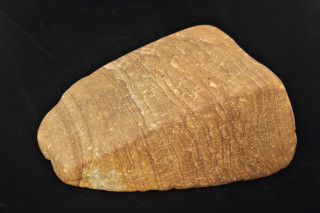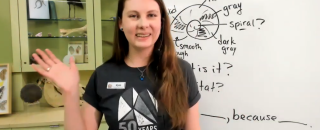Science and Engineering Practices Videos
This series of participatory videos made by NHMU's Museum on the Move educators introduces key science skills utilizing objects from the NHMU collections - or right from your own backyard! Intended for 4th grade learners, but a great way to introduce science and engineering practices to any age.
You can watch them in order for a full progression through observing, asking questions, and making inferences, or focus on one skill.
During the videos you will be asked to observe an object. You may chose your own object or select an object from the resources on this page. The only other materials you'll need are paper and a writing utensil. Blank or notebook paper is great! Or you are welcome to print our guided notes.
Transcripts for all three videos can be found here in English and in Spanish.
Exploring, Making Observations, and Recording (4:35 min)
How do scientists discover new things? Follow along as we investigate a mysterious fossil, then begin an investigation of your own.
Asking Questions (3:40 min)
Do scientists ask questions? Absolutely! We’ll work together to develop questions to investigate about our objects.
Making Inferences (5:05 minutes)
Let’s use our observations to develop new ideas about our objects, and support them with strong evidence.
What should I investigate?
Museum on the Move is an object-based investigation, so everyone needs an object to observe. We encourage you to explore the area around you - in your classroom, your home, or your backyard - and we think you'll be surprised at what you can find! Some ideas include something from nature, such as a plant, insect, rock, or mineral.
If you prefer, we have chosen a few of our favorite teaching collections specimens from our Museum on the Move topics to share with you here. Click the thumbnail to open a larger image.
Teachers, we've compiled a little information about each of the objects here.
Adaptations
Animal #1
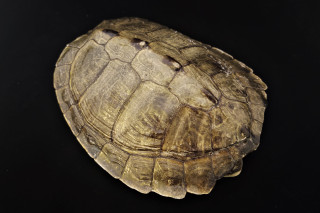

Plant #1
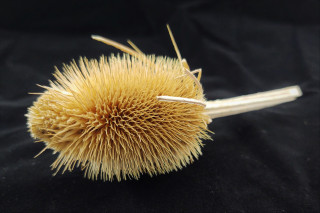
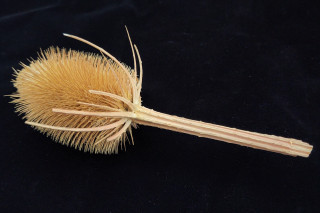
Archaeology
Artifact #1
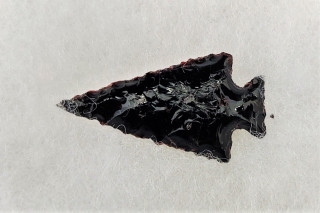
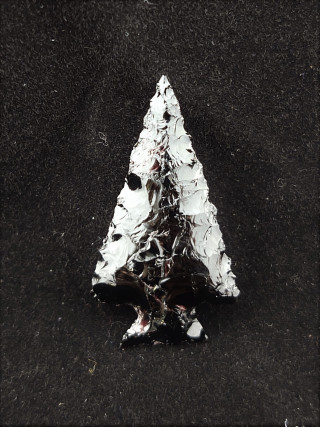
Artifact #2
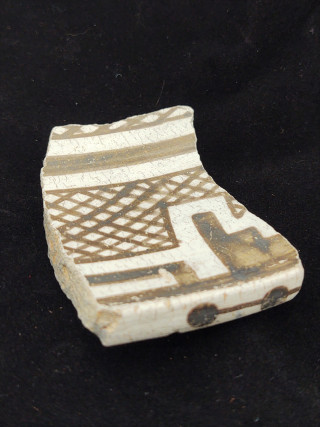
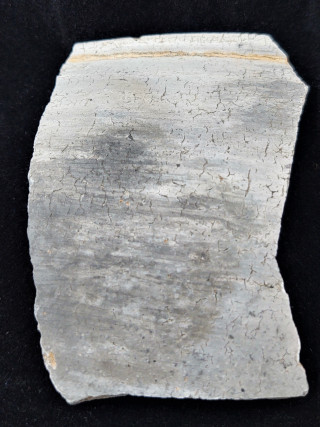
Fossils
Fossil #1
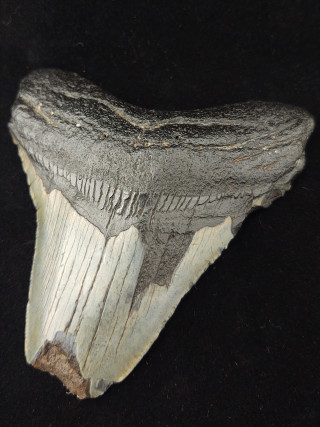
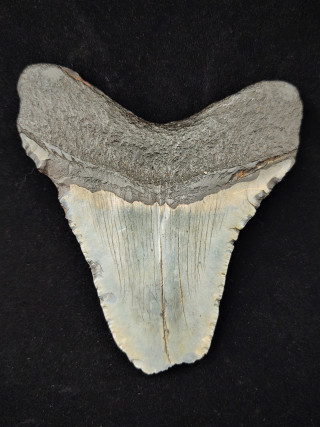
Fossil #2
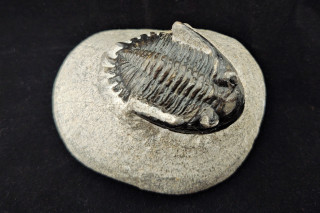

Great Salt Lake
Animal #2
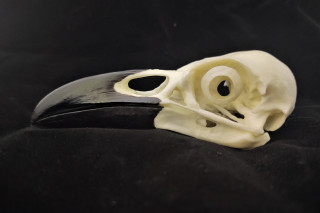
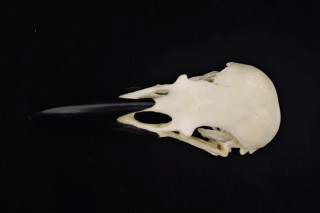
Plant #2
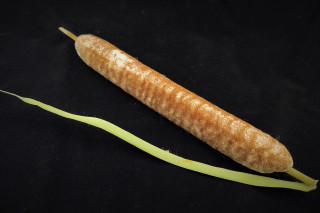
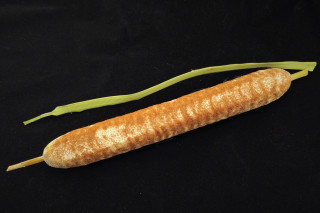
Rocks and Minerals
Mineral #1


Rock #1
